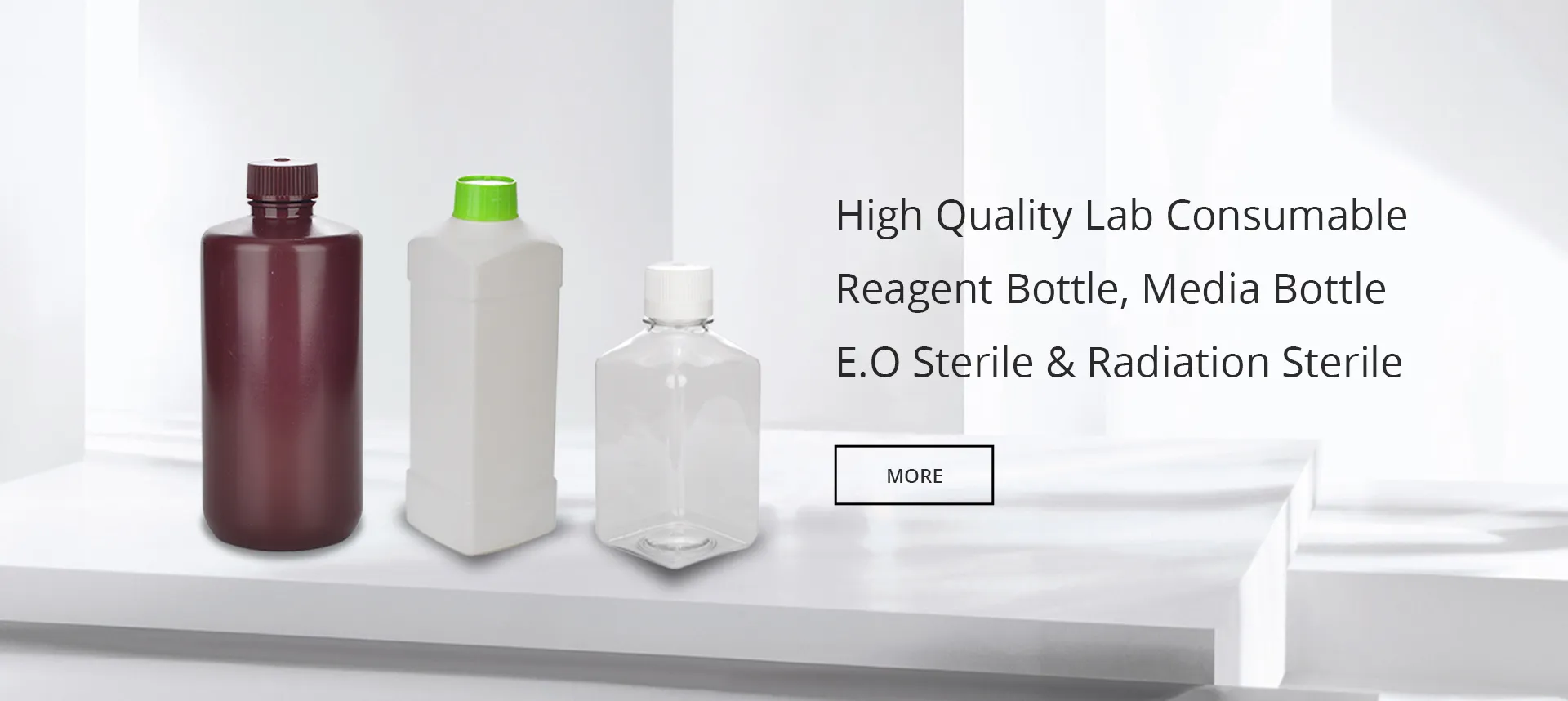medicine bottle design
The Art and Science of Medicine Bottle Design
Medicine bottle design is an essential yet often overlooked aspect of the pharmaceutical industry. While the primary purpose of these bottles is to contain and dispense medications safely, their design plays a crucial role in promoting medication adherence, ensuring patient safety, and preventing medication errors. By examining the various facets of medicine bottle design, we can appreciate the blend of functionality, safety, and aesthetics that goes into creating these vital healthcare products.
Functional Requirements
The primary function of a medicine bottle is to hold and preserve medications. This requires the use of materials that protect the contents from environmental factors such as light, moisture, and air. Common materials for medicine bottles include glass and high-density polyethylene (HDPE), both of which offer excellent barrier properties. Notably, glass provides an inert surface that is beneficial for volatile substances, while HDPE is lightweight and resistant to breakage, making it suitable for everyday use.
Moreover, the design must accommodate different types of medications, from liquids to tablets. For liquid medications, bottles often feature child-resistant caps that provide an additional layer of safety. Such caps are engineered to be difficult for children to open but still accessible to adults, reflecting the importance of safeguarding medications from accidental ingestion by children. For solid forms like tablets or capsules, bottles usually incorporate wide openings for easy access and refill.
Safety Features
In addition to child-resistant caps, many medicine bottles now incorporate advanced safety features such as tamper-evident seals. These seals alert consumers if a product has been compromised, fostering trust and ensuring that medication remains safe for use. Additionally, clear labeling with essential information, such as dosage instructions, expiration dates, and potential side effects, is crucial for preventing medication errors. The clarity and visibility of the text are carefully considered to ensure they are easily readable, even by individuals with visual impairments.
Another important design consideration is the differentiation of various medications. Distinctive colors, shapes, and sizes can help patients identify their medications quickly, reducing the likelihood of mix-ups. This not only aids in medication adherence but also plays a critical role in patient safety, particularly for those on multiple prescriptions.
medicine bottle design

Aesthetic Appeal
While functionality and safety are paramount, the aesthetic design of medicine bottles should not be neglected. An attractive design can enhance patient experience and perception of the medication's efficacy. Pharmaceutical companies often invest in eye-catching designs that stand out on pharmacy shelves, utilizing color psychology and branding principles to create a connection with consumers.
The trend towards eco-friendly design is also noteworthy. As public awareness of environmental issues grows, many manufacturers are shifting towards sustainable materials and minimalist designs that reduce waste. This not only benefits the environment but also appeals to eco-conscious consumers who are increasingly prioritizing sustainability in their purchasing decisions.
User Experience and Accessibility
Moreover, effective medicine bottle design considers the user experience, particularly for elderly patients or those with disabilities. Features such as easy-grip bottles, labels in large print, and intuitive opening mechanisms can make a significant difference in medication adherence. As the population ages, the need for accessible designs will continue to grow, prompting manufacturers to innovate and improve their offerings.
Conclusion
The design of medicine bottles is a complex interplay of functionality, safety, and aesthetics. As we delve into this often underappreciated field, we realize that every element— from materials used to child-resistant caps, from clear labeling to user-friendly designs— plays a vital role in supporting patient safety and medication adherence. As innovations continue to evolve, we can expect medicine bottle design to adapt, ensuring it meets the needs of an ever-changing healthcare landscape. Ultimately, a well-designed medicine bottle is not just a container; it is a critical component of patient care and safety, reflecting the thoughtful consideration of both form and function.
-
Aesthetic Makeup Spray Bottles | Fine Mist Empty RefillableNewsAug.19,2025
-
White Plastic Veterinary Vaccine Vials | Lab Liquid BottlesNewsAug.18,2025
-
Plastic Medicine Liquid Bottle: Secure Flip Top Drug VialsNewsAug.17,2025
-
Durable 250ml Blue Plastic Vaccine Vial for Lab & Vet UseNewsAug.16,2025
-
Sterile Virus Sample Tubes: Secure & Reliable Specimen CollectionNewsAug.15,2025
-
White 250ml Plastic Vaccine Vial for Lab & Vet MedicineNewsAug.14,2025
























